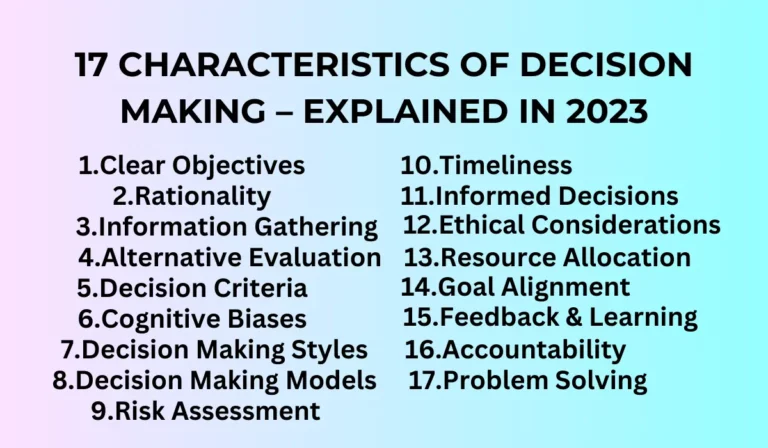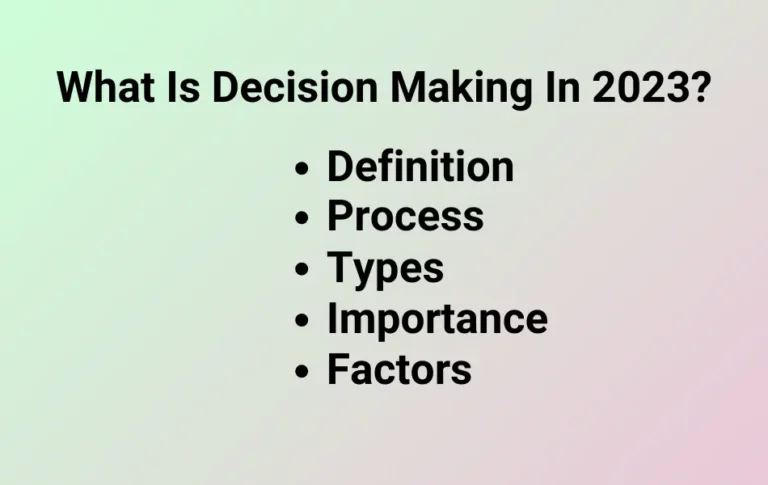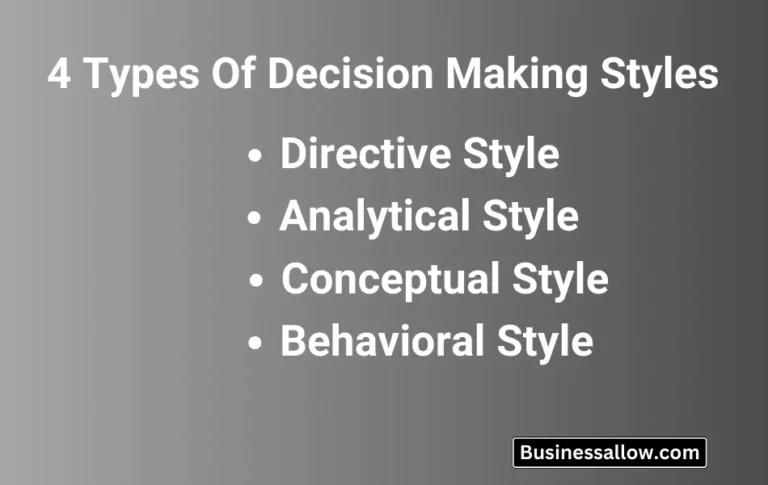How To Test Business Ideas For Beginners – Full Guide 2024

In the ever-evolving entrepreneurship landscape, the difference between success and failure often boils down to a fundamental practice: testing business ideas. In a world where innovation is prized and risks abound, aspiring entrepreneurs must navigate the tricky terrain of turning a mere concept into a viable and thriving venture. This journey begins with the crucial step of testing business ideas before fully committing resources and effort.
By subjecting their concepts to rigorous assessment and real-world validation, entrepreneurs can minimize potential risks and maximize their chances of uncovering unique opportunities. This article delves into the paramount importance of testing business ideas, exploring various methodologies and challenges that exemplify how this practice can guide entrepreneurs toward success in an unpredictable market.
Why Is Testing Business Ideas Vital In 2024?
Testing business ideas is foundational for any aspiring entrepreneur or business owner. It offers numerous benefits that significantly impact the success and sustainability of a venture. Here’s a detailed breakdown of why testing business ideas is so important:
Mitigating Risk
Launching a new business is risky, and investing time, money, and resources into an untested idea can lead to substantial losses. By conducting rigorous tests, entrepreneurs can identify potential flaws and market challenges before a full-scale launch, thus reducing the risk of failure.
Validating Assumptions
Every business idea is built on assumptions about customer needs, preferences, and behaviours. Through testing, entrepreneurs can validate or invalidate these assumptions, ensuring their business concept aligns with real-world dynamics and demands.
Refining Value Proposition
Testing allows entrepreneurs to fine-tune their value proposition based on customer feedback. This iterative process ensures that the business idea addresses genuine pain points and delivers meaningful benefits to the target audience.
Maximizing Market Fit
A product or service that doesn’t resonate with its intended audience will fail. Through testing, entrepreneurs can gauge the market’s response and adjust their offerings to match customer expectations, resulting in a stronger market fit.
Informed Decision-Making
Entrepreneurs with real data are better equipped to make informed decisions. Testing provides insights into customer behaviour, market trends, and competitive landscapes, enabling entrepreneurs to pivot, iterate, or persevere based on concrete evidence.
Related: What is Decision Making
Enhancing Innovation
Successful businesses often emerge from experimentation and adaptation. Testing encourages entrepreneurs to think creatively, try new approaches, and innovate in response to market feedback.
Building Investor Confidence
Investors are likelier to support ventures with a solid foundation of tested ideas. Demonstrating a commitment to rigorous testing and the ability to pivot based on results can increase investor confidence and attract funding.
Top 5 Methods of Testing Business Ideas
Testing business ideas involves employing various methodologies to gather real-world insights and validate the viability of your concept. Here are several effective methods to consider:
1. Lean Start-up Methodology
Build-Measure-Learn Cycle: Develop a Minimum Viable Product (MVP) that represents the core features of your idea. Release it to a small group of early adopters, collect feedback, measure their interactions, and learn from their usage patterns.
Pivot or Persevere: Based on the collected data, decide whether to pivot by making significant changes to your idea or persevere by iterating on the existing concept.
2. Prototyping
Low-Fidelity Prototypes: Create basic prototypes or mockups that demonstrate the core functionalities of your product or service. Use these prototypes to gather usability, features, and overall concept feedback.
Iterative Refinement: Continuously improve your prototypes based on feedback, gradually adding complexity and functionality as you move closer to the final product.
3. Surveys and Market Research
Targeted Surveys: Develop surveys that gather insights about potential customer preferences, pain points, and needs. Distribute them to your target audience through online platforms, social media, or email.
Competitor Analysis: Study your competitors to identify gaps in their offerings and gather ideas for differentiating your business. It informs how you position and present your concept to the market.
4. Landing Pages and Sign-up Forms
Mock Landing Pages: Create simple landing pages describing your product or service in detail. Include a call-to-action such as a sign-up form or “Learn More” button to gauge interest.
5. A/B Testing
Website or App Variations: If you have a digital presence, test different versions of your website or app. Experiment with variations in design, copy, and features to see which resonates better with users.
Measuring User Behaviour: Use analytics tools to track user interactions, such as clicks, conversions, and bounce rates. Compare the results of different variations to determine which performs best.
Challenges That You Encounter While Testing Business Ideas
Testing business ideas is a valuable process, but it’s challenging. Here are a few challenges you might encounter while testing business ideas:
Biased Feedback: When testing your business idea, especially if it’s something you’ve passionately developed, there’s a risk of receiving biased feedback. It can lead to skewed insights and prevent you from uncovering potential flaws in your concept.
Limited Sample Size and Representation: Acquiring a representative sample of your target audience can be challenging. Your initial testers might only partially reflect your broader customer base regarding demographics, preferences, and behaviours.
Unpredictable Market Dynamics: The market is dynamic and subject to rapid changes. What might seem like a viable idea today could be irrelevant or face strong competition tomorrow. This challenge is especially prevalent when testing takes considerable time, during which the market landscape could shift dramatically, rendering your insights less relevant.
Conclusion
In business, where uncertainty is a constant companion, testing business ideas emerges as a guiding light. Numerous challenges and risks mark the journey from concept to success, but through rigorous testing, entrepreneurs gain the power to illuminate the path ahead. By subjecting ideas to real-world scrutiny, they identify potential pitfalls, refine their value propositions, and cultivate a resilient mindset. Embracing the insights gained from testing, entrepreneurs can confidently navigate the dynamic landscape, adapting, pivoting, or persevering as needed.






